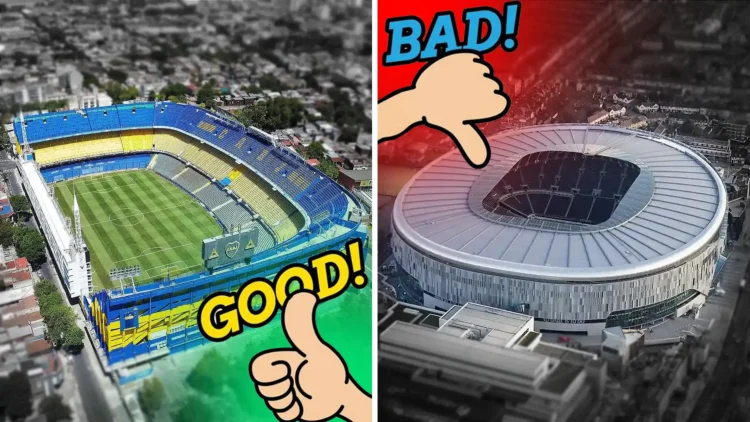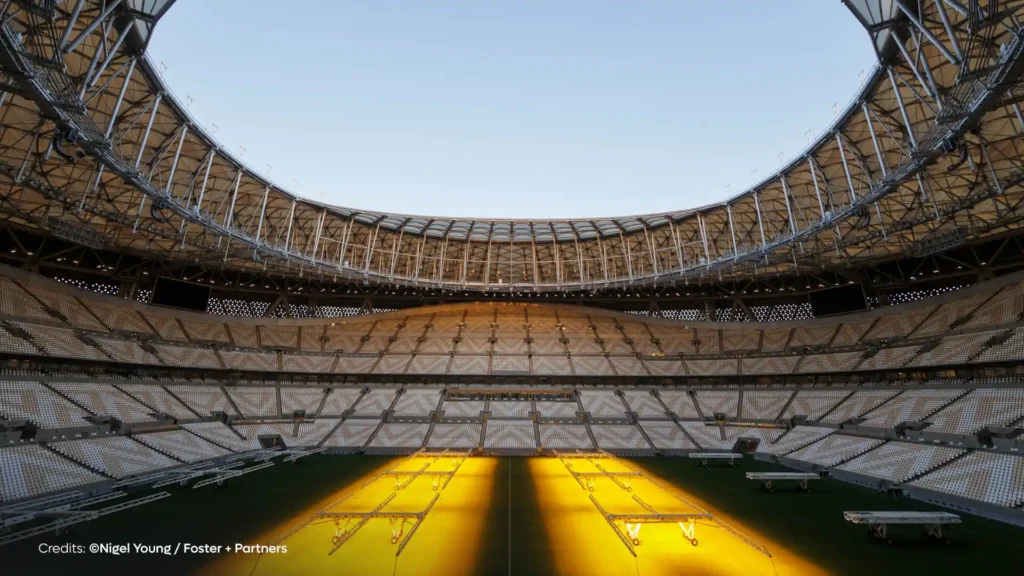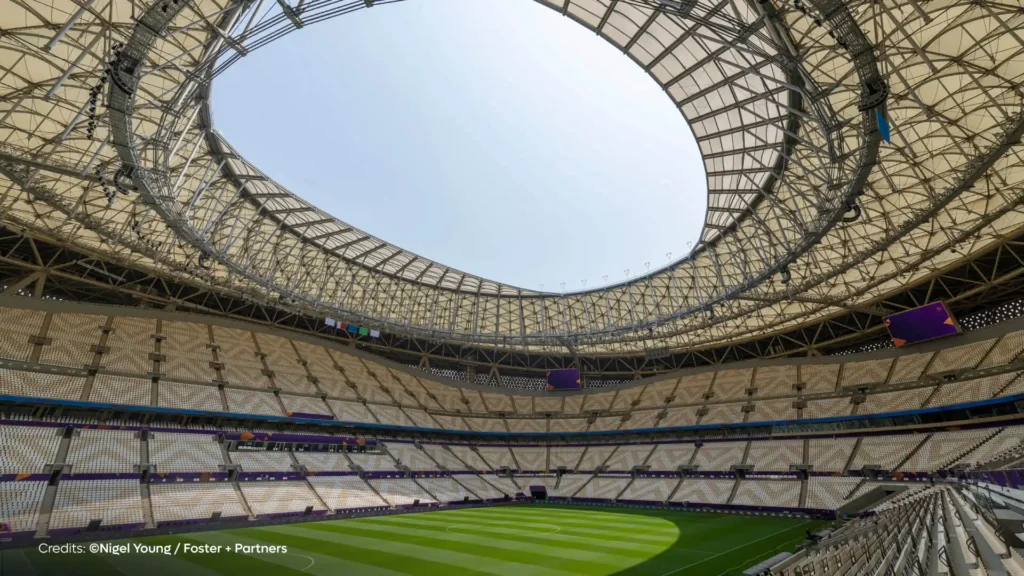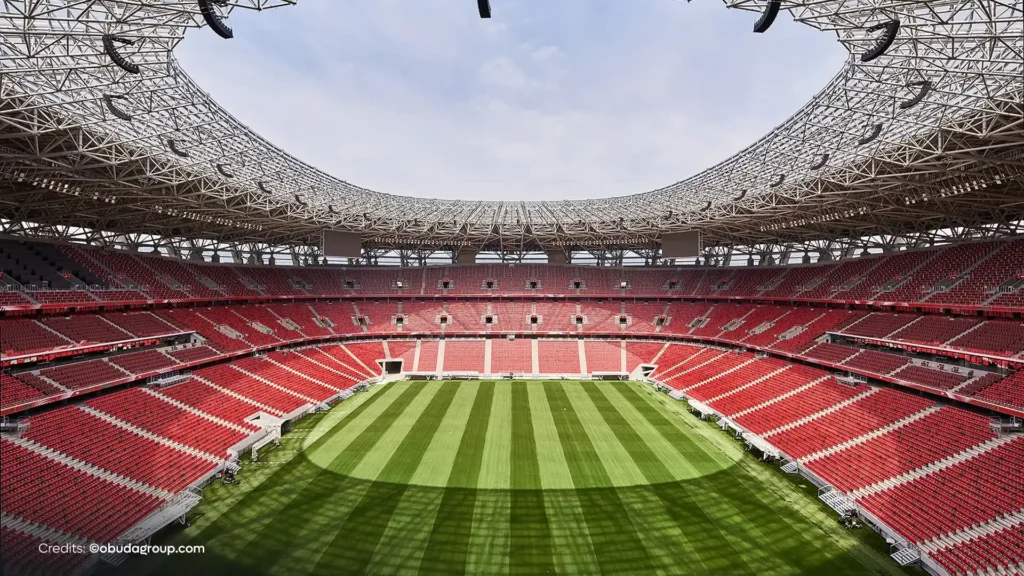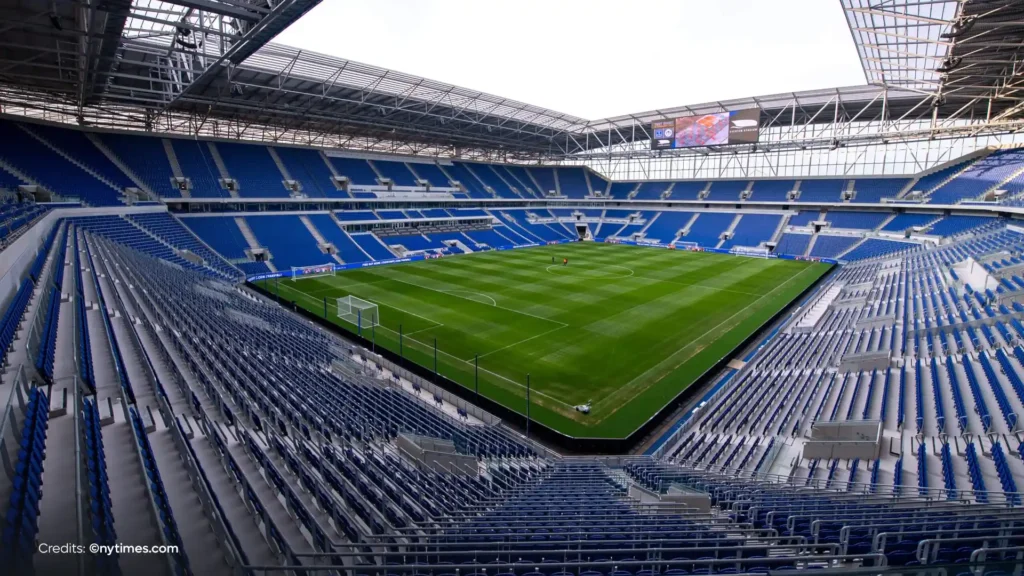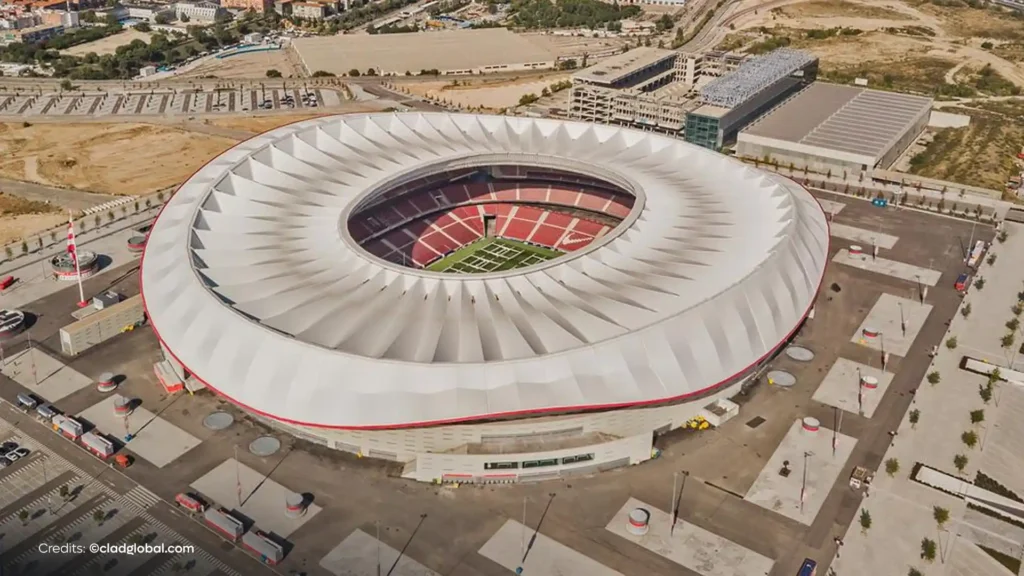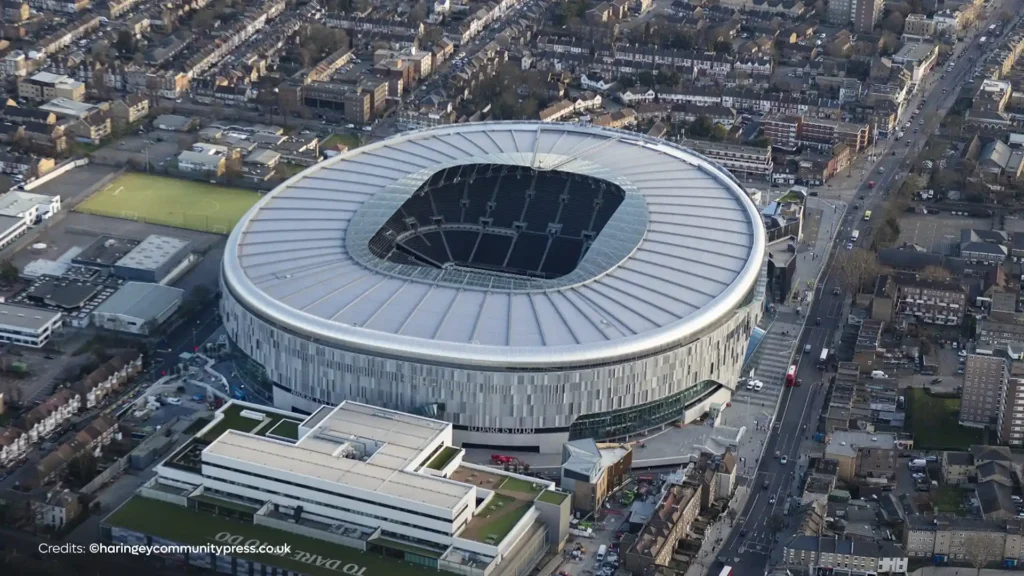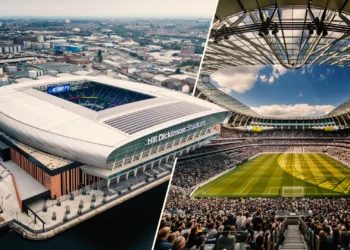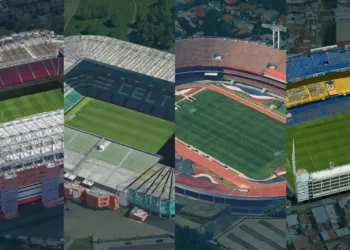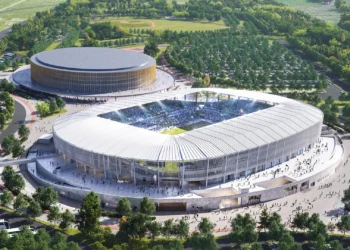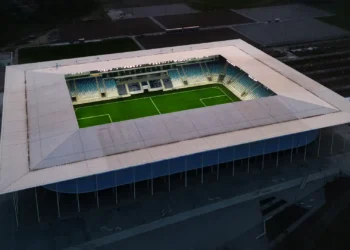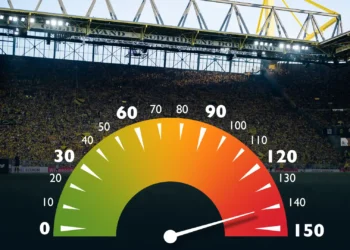In recent years, football has entered a new era of design, comfort, and futuristic stadiums. But ask many fans around the world, and they’ll tell you the same thing:
“The old stadiums had something special… something that can’t be rebuilt.”
So why do so many supporters still prefer these aging, concrete monsters over sleek new arenas?
🔥 1. Atmosphere That Can’t Be Engineered
Old stadiums were built for noise. The stands are closer, the acoustics are raw, and the energy is contagious.
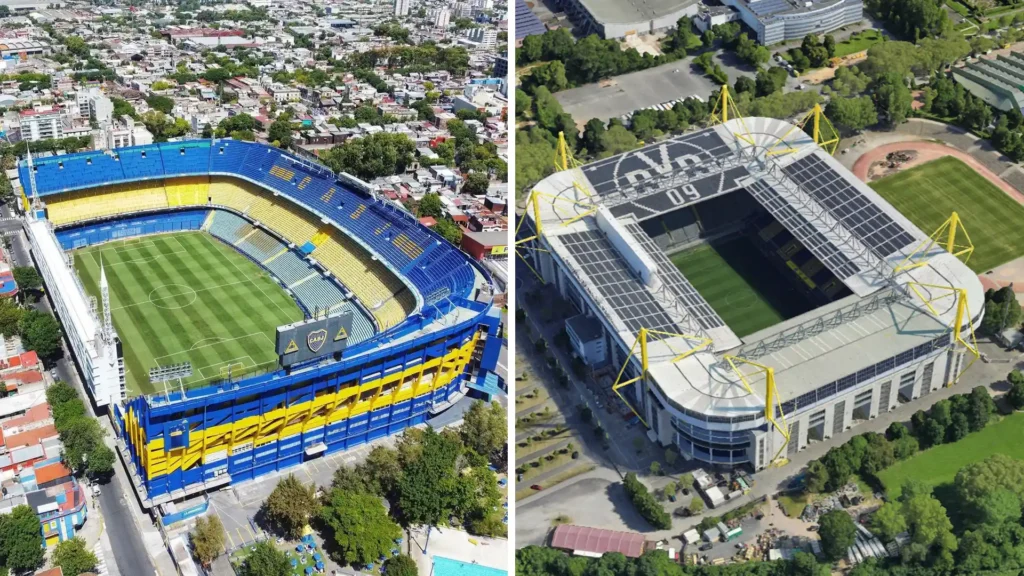
Signal Iduna Park (Dortmund) – The Yellow Wall is a living legend. La Bombonera (Boca Juniors) – You don’t just hear the fans. You feel them.
Modern stadiums often sacrifice this intimacy for design and VIP areas.
🧱 2. Brutal Beauty and Identity
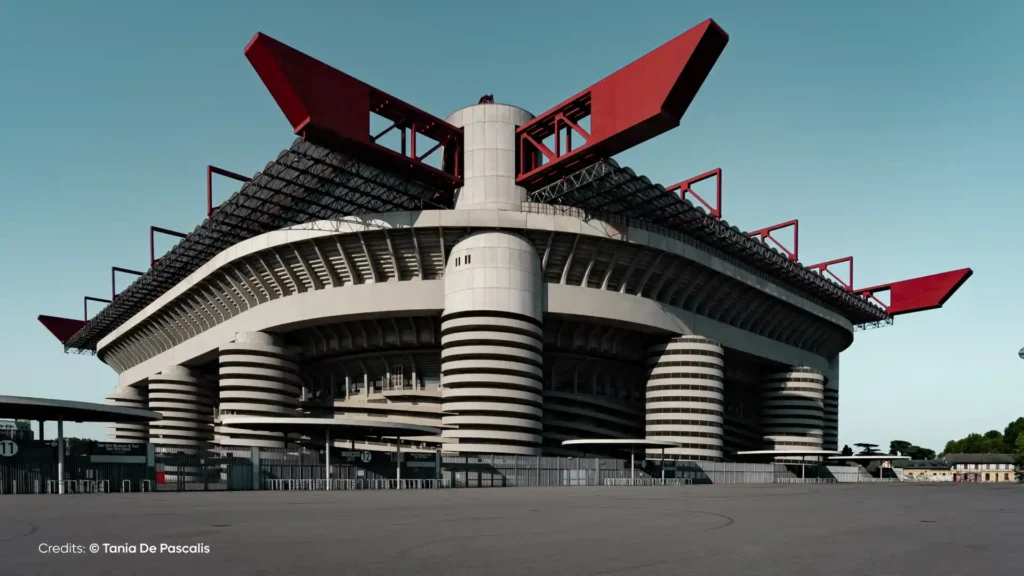
Old stadiums have rough edges. They weren’t built to impress architects — they were built for football.
San Siro (Milan) – Its towers and spirals are iconic.
Luigi Ferraris (Genoa) – A blend of football and 1930s character.
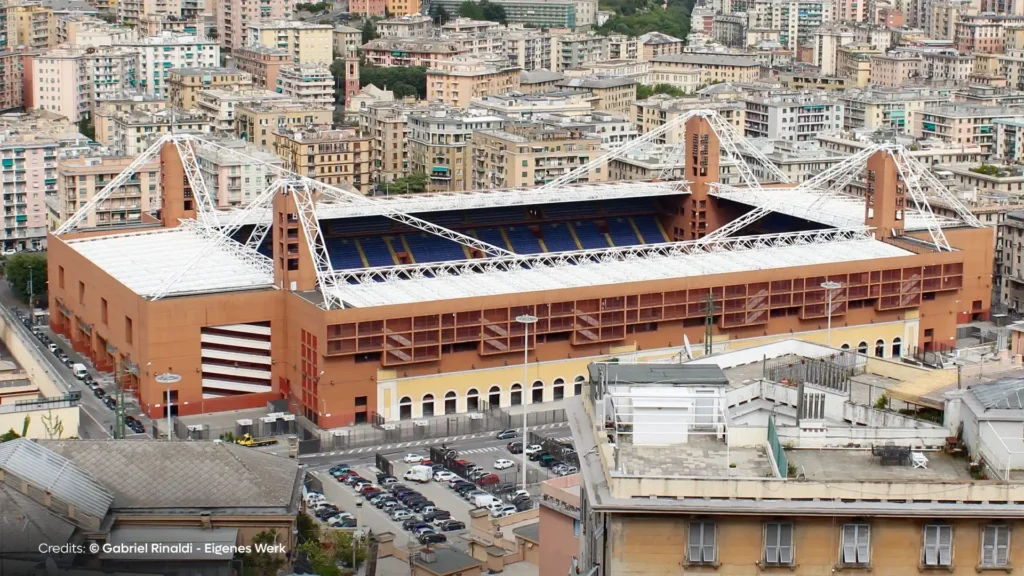
Modern designs often look the same: clean, rounded, glass-heavy, and lacking soul.
📖 3. History in Every Corner
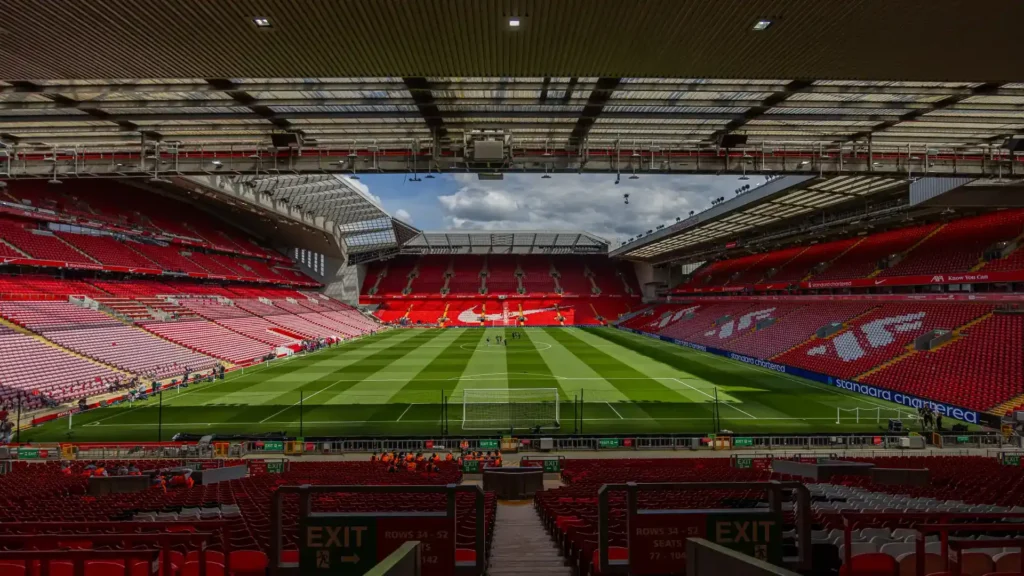
You can feel decades of victories, defeats, and unforgettable moments in the air.
Anfield (Liverpool) – “You’ll Never Walk Alone” was born here.
No matter how beautiful a new stadium is, it needs years — even decades — to earn that kind of aura.
💺 4. New Stadiums: Comfortable but Cold?
Let’s face it:
The new ones have better seats.
They have better bathrooms.
They’re more modern.
But many fans feel they’re too clean, too polished, and lack the chaos that once defined match days.
🧠 So… Can Modern Stadiums Ever Replace the Old Giants?
Only time will tell. Some new projects like the new Santiago Bernabéu aim to blend history with innovation. But the raw feeling of climbing old concrete steps, hearing a roar echo through steel beams, and knowing legends walked that same tunnel… that can’t be built overnight.
🏟️ Old stadiums weren’t perfect. But they were alive.
And maybe — that’s what today’s stadiums are missing.

